Table of Contents
This guide is your introduction to the fundamentals of posture and identify resources on this site to help you develop a perfect posture. Before we get into how you can get the posture you want, we need to identify the roadblocks in your path.
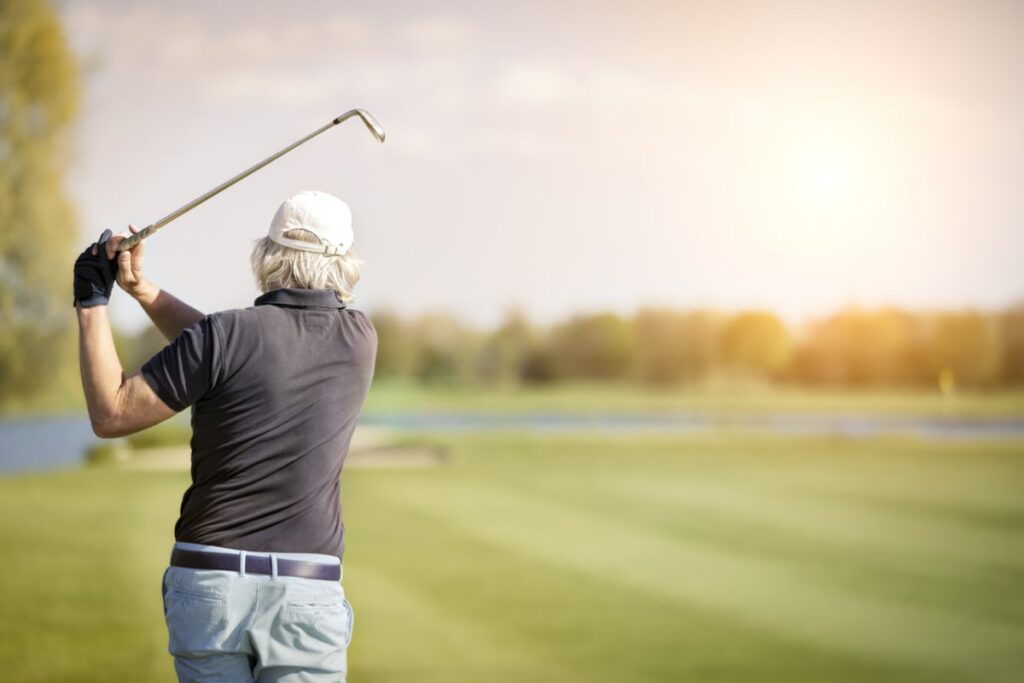
Benefits of Perfect Posture
A perfect posture provides our:
- Muscles in their best alignment. They can function with the least amount of effort, reducing the risk of sprains, strains, and neck and back pain.
- Lungs with more capacity. Great posture improves rib cage alignment. Voice projection improves. You can breathe better when walking, running, or playing sports.
- Musculoskeletal system with its most efficient alignment. You will run faster and throw farther. Function improves when chopping, lifting, and carrying.
- The stomach and digestive system function at their best. Good posture reduces the incidence of heartburn, acid reflux, indigestion, and constipation.
What’s Stopping You From Getting the Perfect Posture?
Want perfect posture?
A good posture is important, but there are several impediments you might need to address. Let’s discuss them, one at a time.
Every day, you need to maintain your body’s alignment against the force of gravity. You must use muscular effort to maintain perfect posture.
If we give in to gravity, we slouch forward and could develop a Dowager’s hump.
Before the 1970s, healthy individuals sat and stood tall throughout the day. Several trends have reversed the emphasis on perfect posture.
Posture and New Technology
The first trend was the introduction of new technologies.
The use of computers, smart phones, and tablets (such as the Apple iPad), has led people to drop their heads and shoulders forward.
As you can see in the illustration below, the forward lean of your head increases the load placed on the muscles responsible for holding your head upright. These muscles were not designed to work for prolonged periods in this manner.
Raising your phone rather than dropping your head significantly reduces the strain on your neck and upper back muscles. This is especially true when it comes to iPads. The use of a stand for the iPad can make a significant difference in both your posture and neck and shoulder pain.
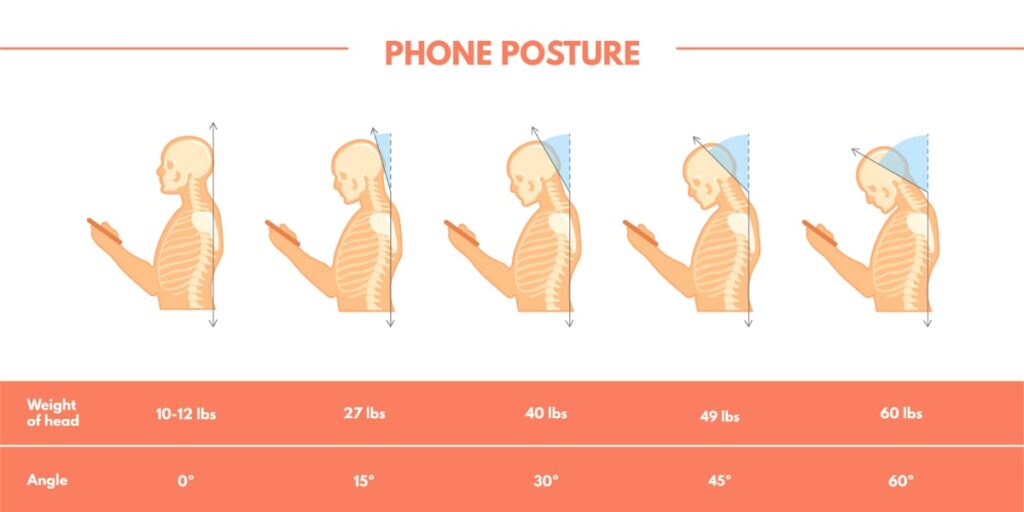
Posture and Furniture Design
The second trend is the change in furniture design. Soft, deep couches and recliners have made our postural muscles lazy.
This guide will provide you with new ways of looking at furniture and reconsider how to sit in the world around you.
Remind yourself of the many benefits beyond looking more confident. It will keep you motivated to have perfect posture.
How to Have a Perfect Posture
Many people wonder how to have a perfect posture. Let’s takes the first steps to improve your posture and do this posture exercise together.
Success starts from the ground up. I encourage you to follow me in the video demonstration below.
Perfect Posture When Standing.
Follow these instructions as you look at the video:
- Close your eyes after reading each step to heighten your sensory awareness.
- Begin by standing with your feet hip-width apart. Bring attention to how you distribute your weight through your feet.
- Ask yourself, Is the pressure under each foot the same?
- Where is the weight distributed? Under your heels? The base of your toes? Outside of your feet? Through the arches?
Soft Knees
- Next, soften your knees.
- Not everyone “locks their knees,” but most do. Locking our knees is a very passive way to stand. It allows us to hang onto our ligaments rather than use our muscles. You will not have to soften your knees if you already have an even weight distribution.
- How does the weight distribution change after softening your knees?
- Take a moment to go back and forth between locking and softening your knees to compare how it feels.
- Aim to distribute your weight through the base of your big toe, your little toe, and the heel of each foot.
- If a soft bend in your knees provides you with better weight distribution, this might be a good first step to improving your standing posture.
Feet, Pelvis, Rib Cage, and Torso Positioning
- Next, press your feet firmly into the floor. Invite equal and opposite energy to rise through your soft knees, thighs, and pelvis.
- Bring awareness to the space between your pelvis and your rib cage.
- Elongate this space evenly through your body’s front, back, and sides.
- Continue to lengthen your torso with the energy rising through your spine. Imagine two small helium balloons under each armpit. Finally, elongate the crown of your head toward the sky.
Quick Posture Tip: Balance a Book on Your Head
As a child of the 1960s, we sometimes walked around for a few minutes daily with books on our heads.
When you keep a book balanced on the top of your head, you get a sense of the alignment you need to maintain perfect posture.
With time and practice, it is much easier to maintain a great posture. Over time, you will lose your slouched posture.

Physical Therapy for Posture Correction
Many people have lost their full range of motion in specific muscles and joints. This leads to misalignment of the body.
A reduced range of motion can result from trauma. Your muscles and joints have adapted to how you have been sitting and standing for years.
When this occurs, seek the help of a trained professional, such as a physical therapist. They can identify the muscles that need stretching and those that need strengthening.
Physical Therapy or Chiropractic care can mobilize your joints to regain lost movement. This could be holding you back from perfect posture.
The longer you have poor posture, the more challenging it is to regain the alignment you once had. This is the case even with professional help.
Products for Your Posture
My online course, Perfect Your Posture, is used by thousands of people just like you to improve their posture. You can learn more by clicking on the image below.
Physical Therapy Posture Exercises
Anterior pelvic tilt and posterior pelvic tilt are common causes of poor posture. You will need the help of a Physical Therapist to treat either of these conditions.
Muscles attached to the pelvic bone can shorten and pull from one side. This can lead to overstretching and weakness on the opposite side.
The treatment protocol can get complicated.
I created several videos explaining anterior pelvic tilt and posterior pelvic tilt. I also discuss what to do about them.
Another big concern people have about their posture is the Dowager’s hump. I have a video on how to combat this posture as well as strategies for working at the computer, and more.
Flexed Posture
A flexed posture refers to a seated or slumped stance where our arms and legs are in front of our torso. It can also involve the spine curving forward.
Life now includes more forward-flexed postures (because of computers, iPads, and iPhones). Fewer activities involve extension, such as brisk walking. Even at the gym, they encourage you to use machines from a seated posture leading to rounded shoulders.
Postural muscles and upper back muscles are now more stretched than before. This is due to the imbalance between hours spent in a flexed posture instead of an extended posture.
This makes them mechanically less efficient and, thus, weaker. All the while, the muscles pulling you forward have gotten tighter. Over time this could lead to a kyphotic posture.
Back Brace for Posture
Today, you can find hundreds of back braces to pull you out of postural flexion or a forward flexed posture. These braces (or posture aid) can serve as quick reminders. But they do not give you the length and strength you need to build great posture!
![back brace (posture aid) for perfect posture [melioguide]](https://melioguide.com/wp-content/uploads/2023/07/shutterstock_1529943881-posture-back-brace-1200-min-768x512.jpg)
Exercise and Postural Alignment
Many people ask me: Is it safe to workout and do balance exercises, strength training, or weight bearing with poor posture?
Individuals with the following conditions should exercise caution:
- Posterior disc herniations,
- Posterolateral disc herniations,
- Osteopenia.
- Osteoporosis.
I recommend you begin exercising with the standing tips I gave you above. Maintain your best posture while exercising.
A perfect posture will take years of strain off your muscles and joints. Bonus: It will keep you looking and feeling your best along the way!
Start with my Perfect Your Posture course or locate a trained professional to help you improve your posture.
Conclusion
With this guide and other resources on my site, you can now improve your posture.
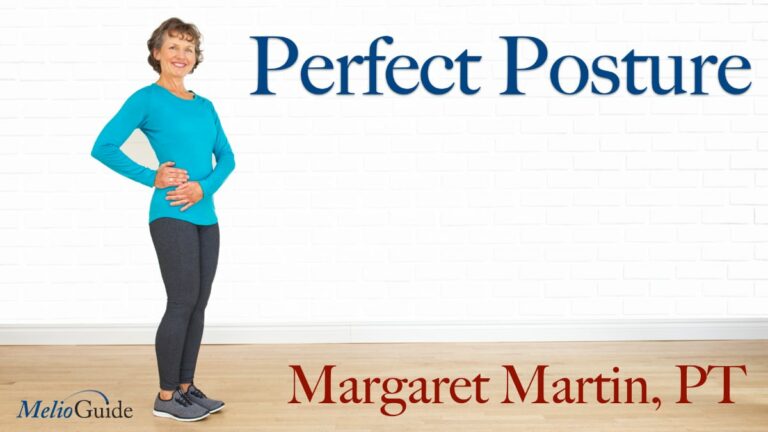
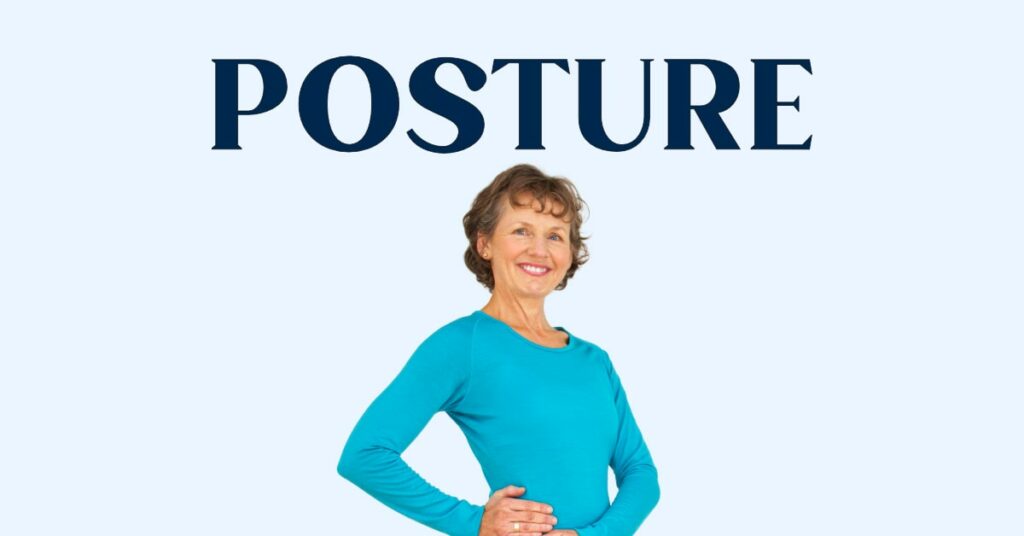
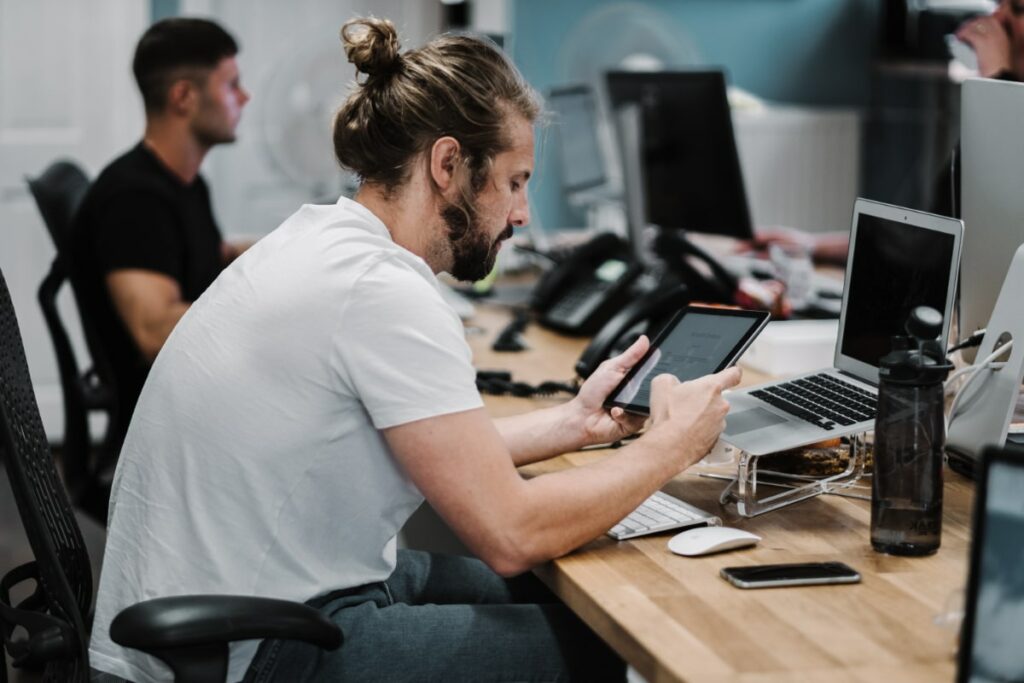
![how to get rid of dowager's hump [melioguide]](https://melioguide.com/wp-content/uploads/2023/07/dowagers-hump-min-1024x536.jpg)
![back brace (posture aid) for perfect posture [melioguide]](https://melioguide.com/wp-content/uploads/2023/07/shutterstock_1529943881-posture-back-brace-1200-min-1024x683.jpg)


Comments